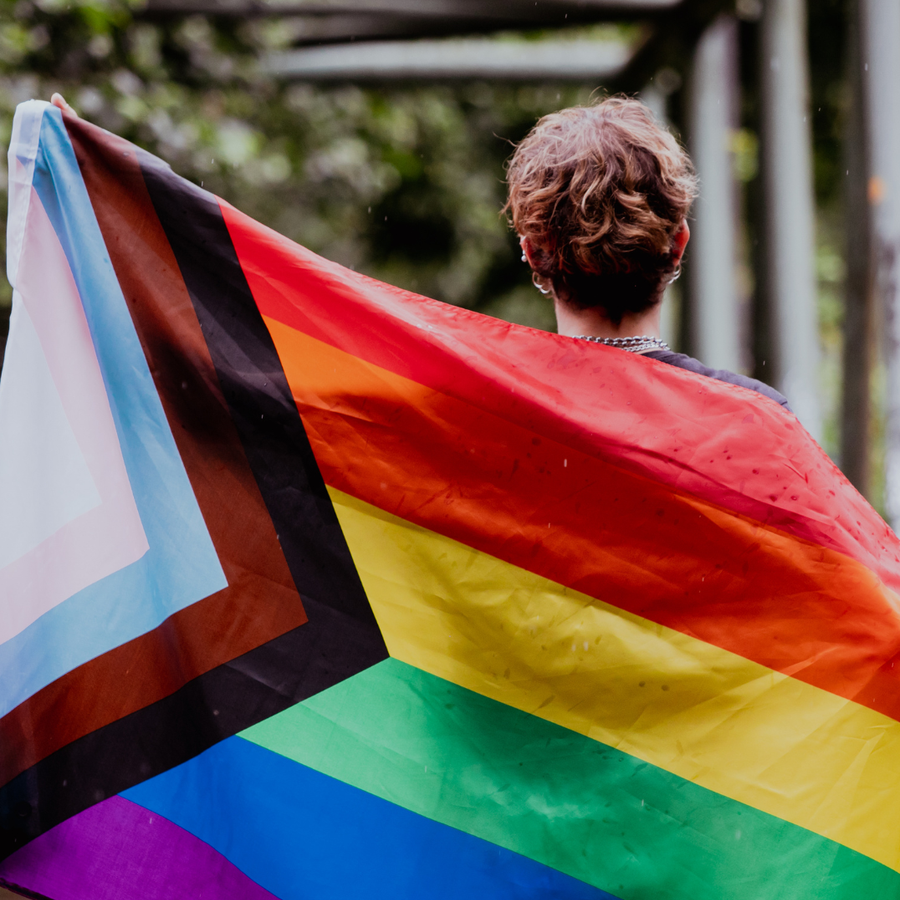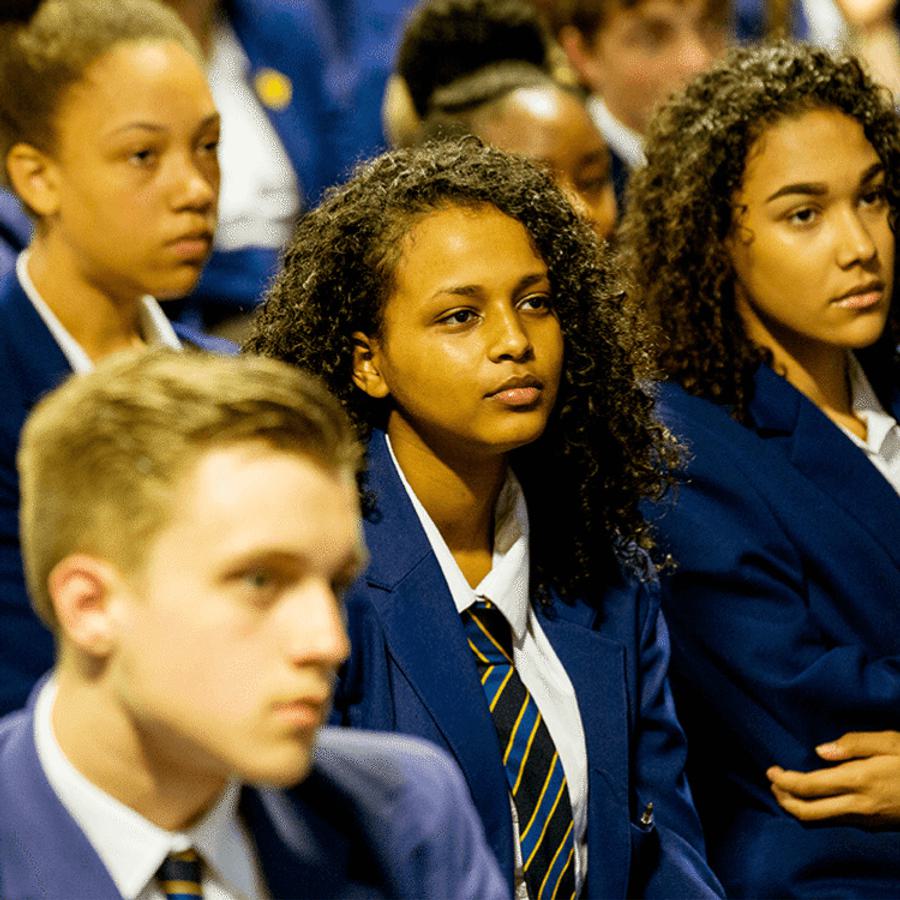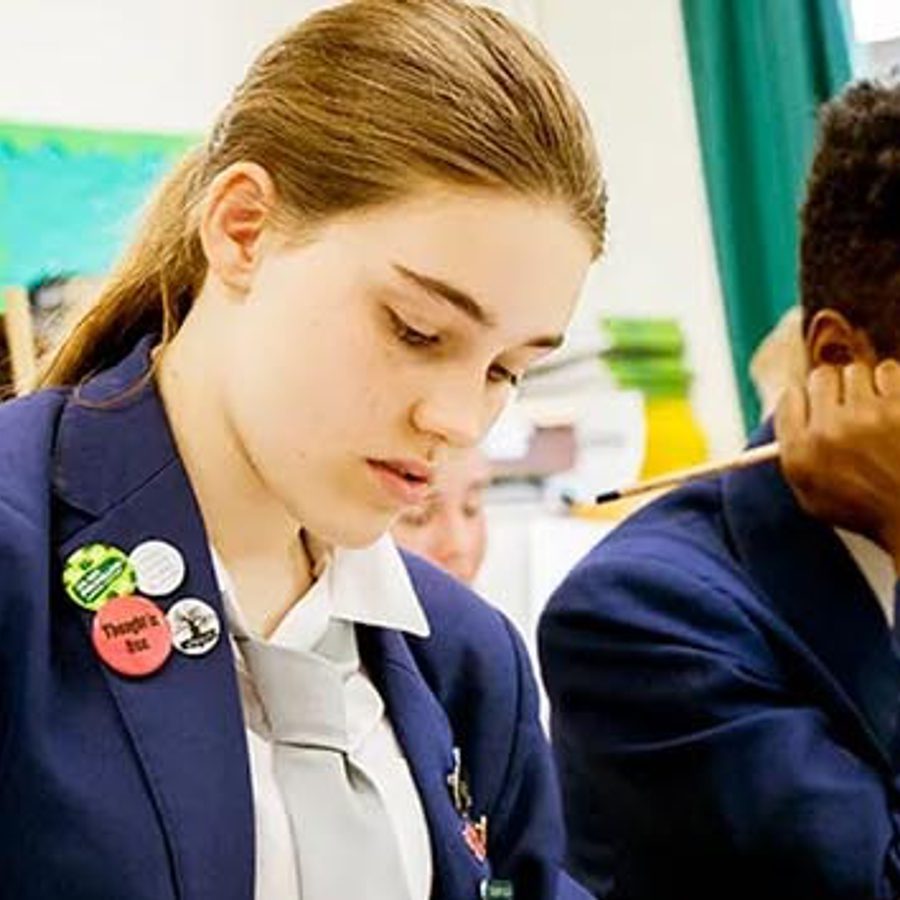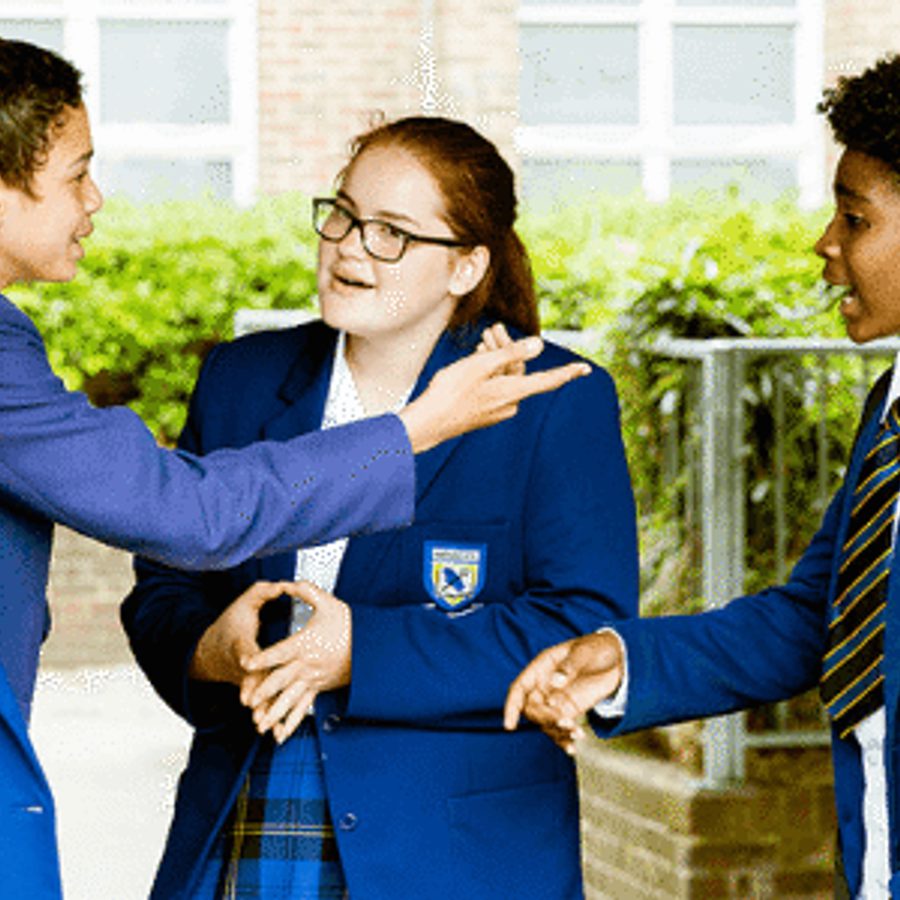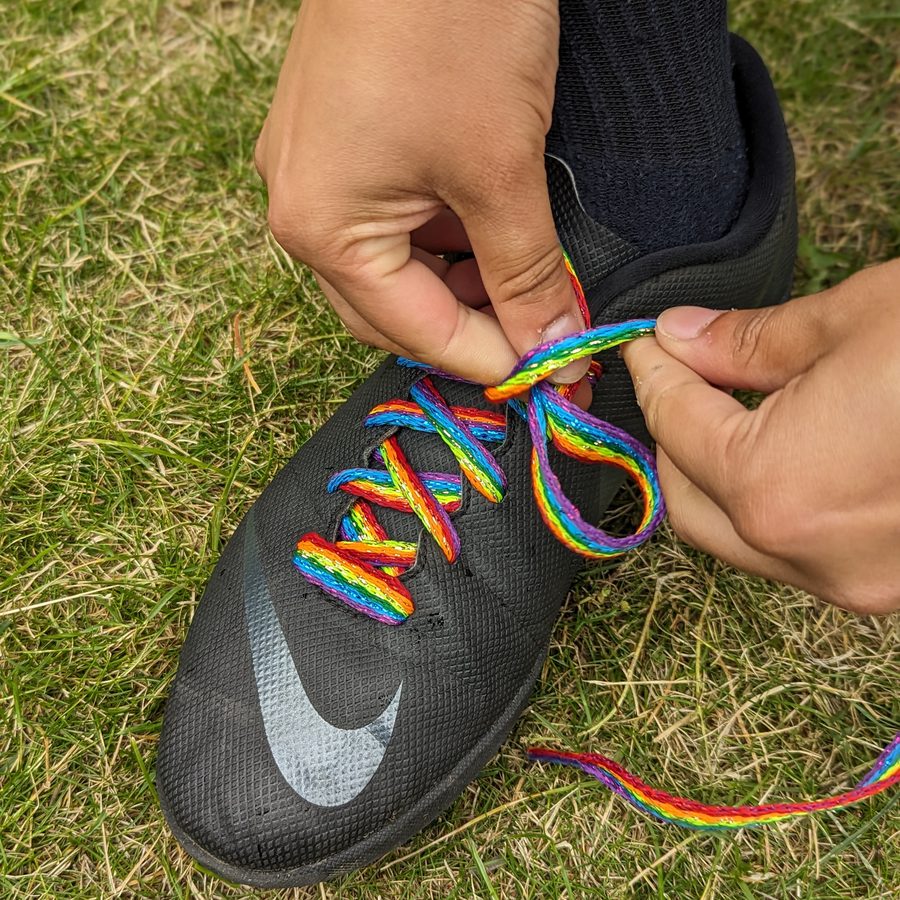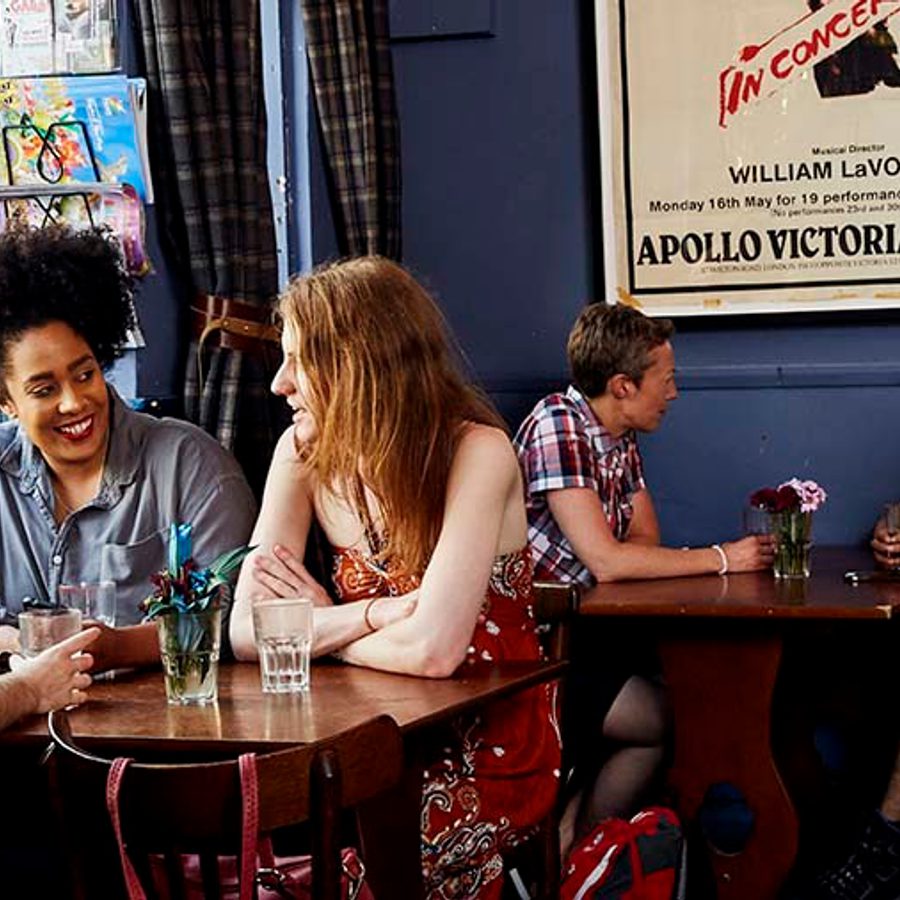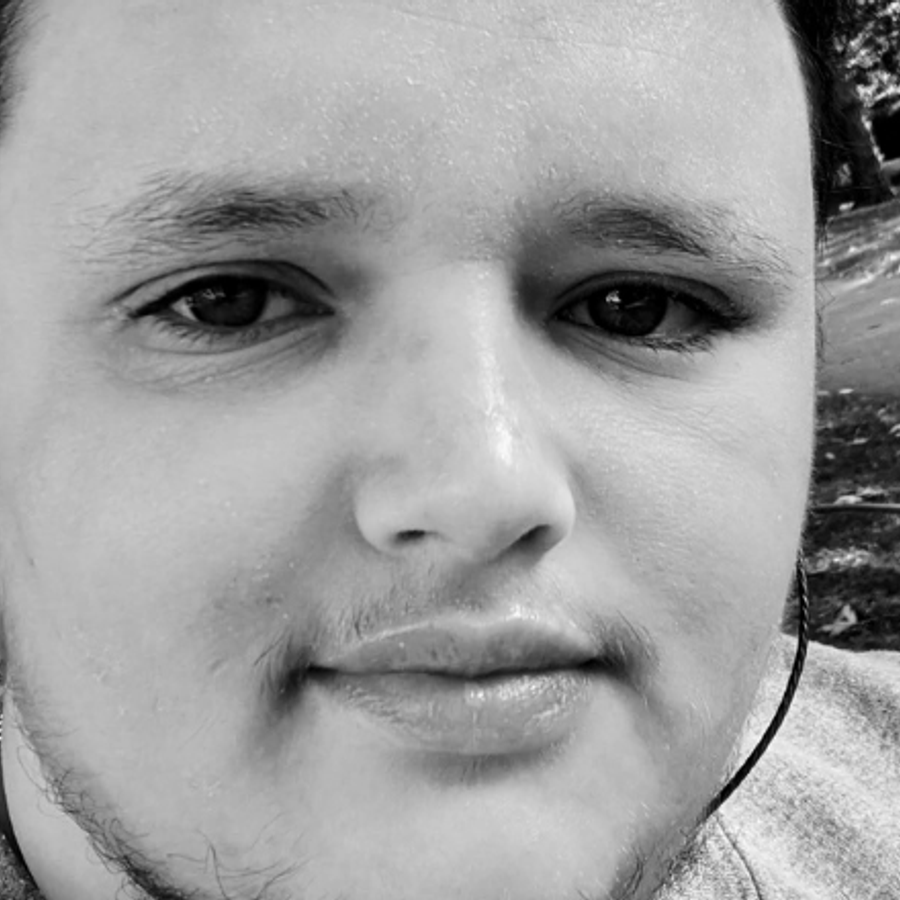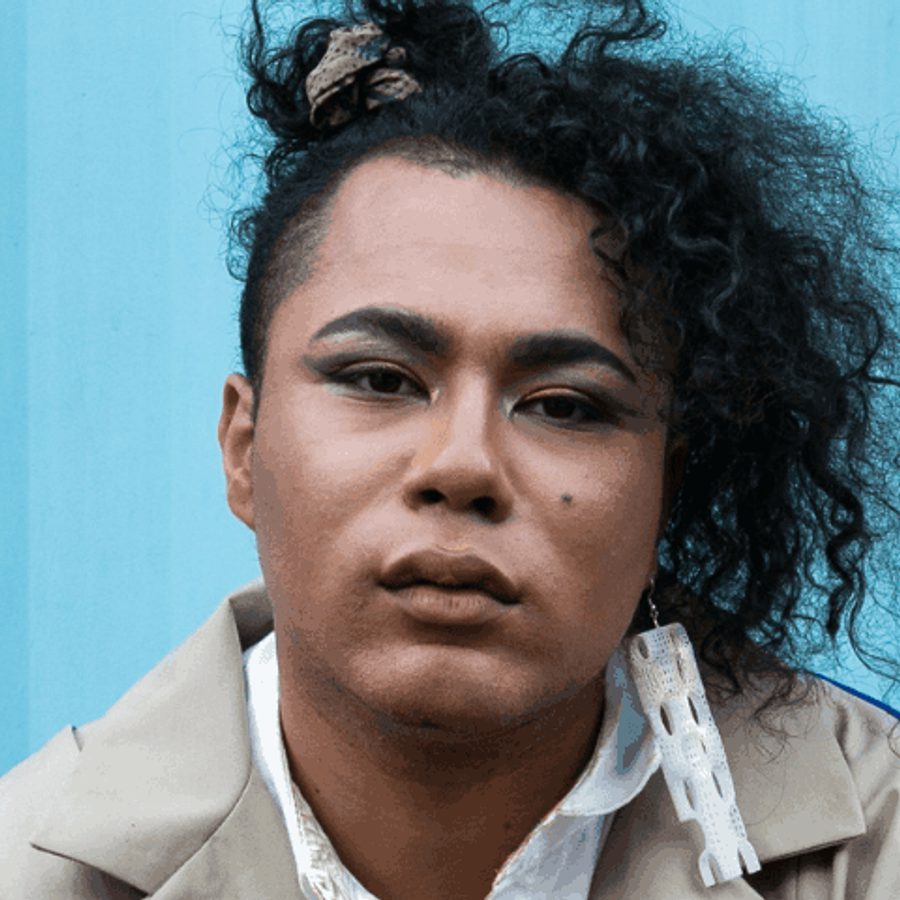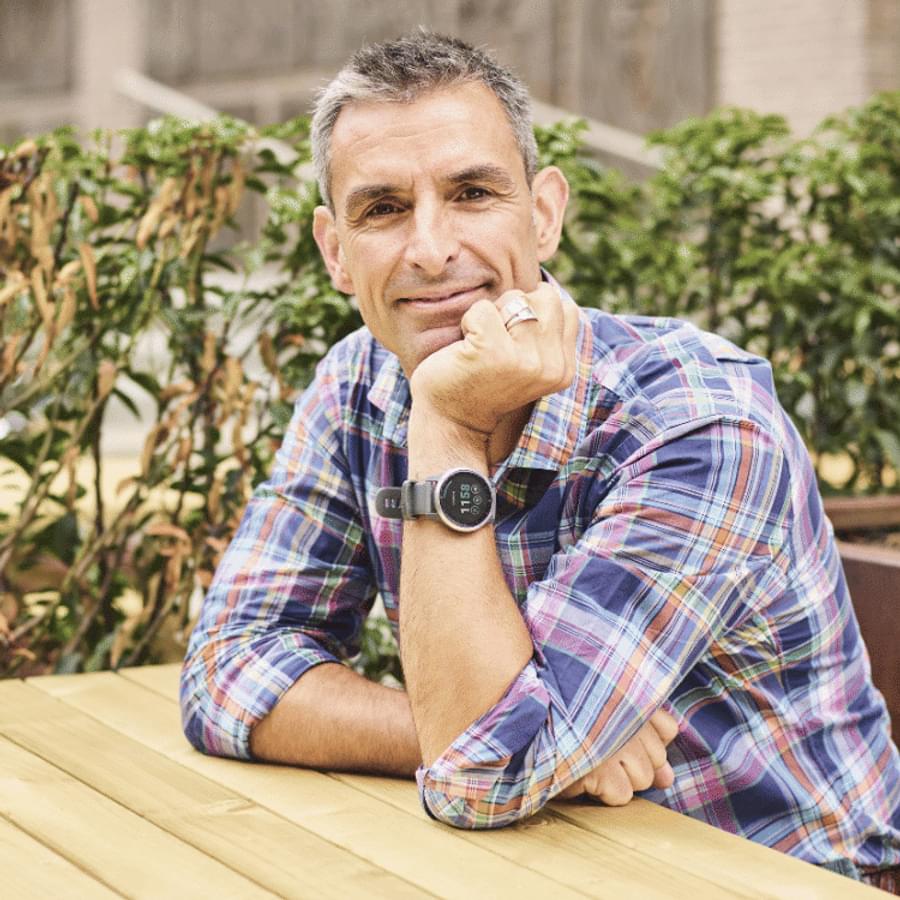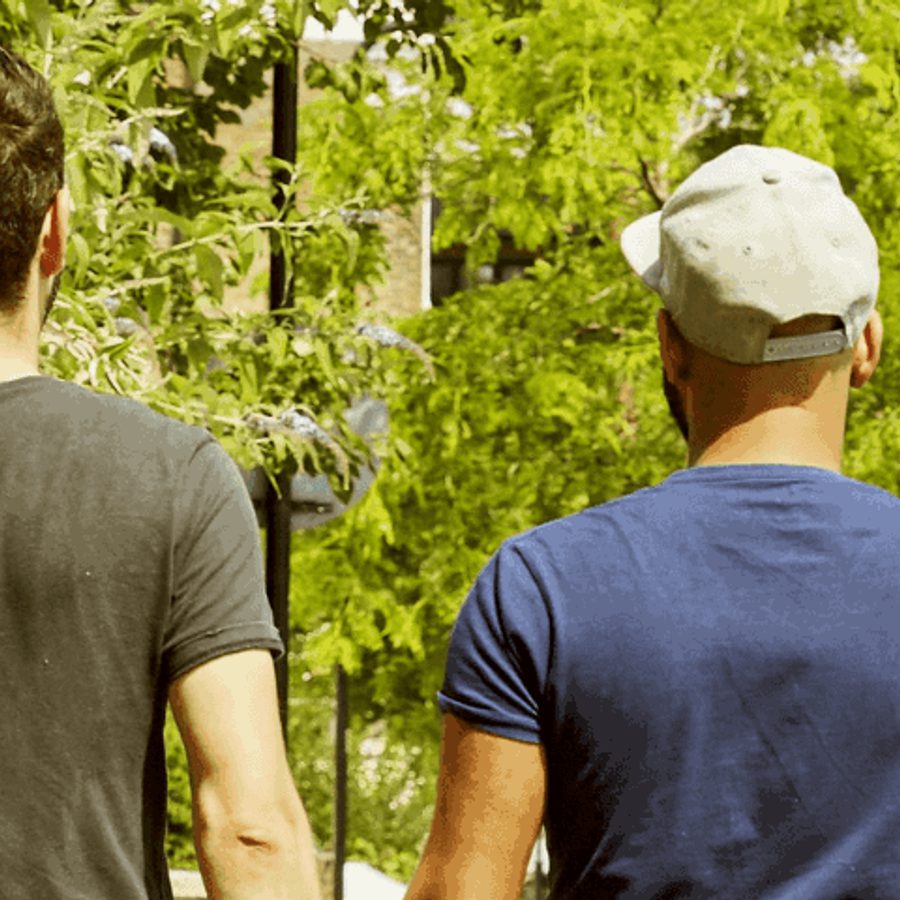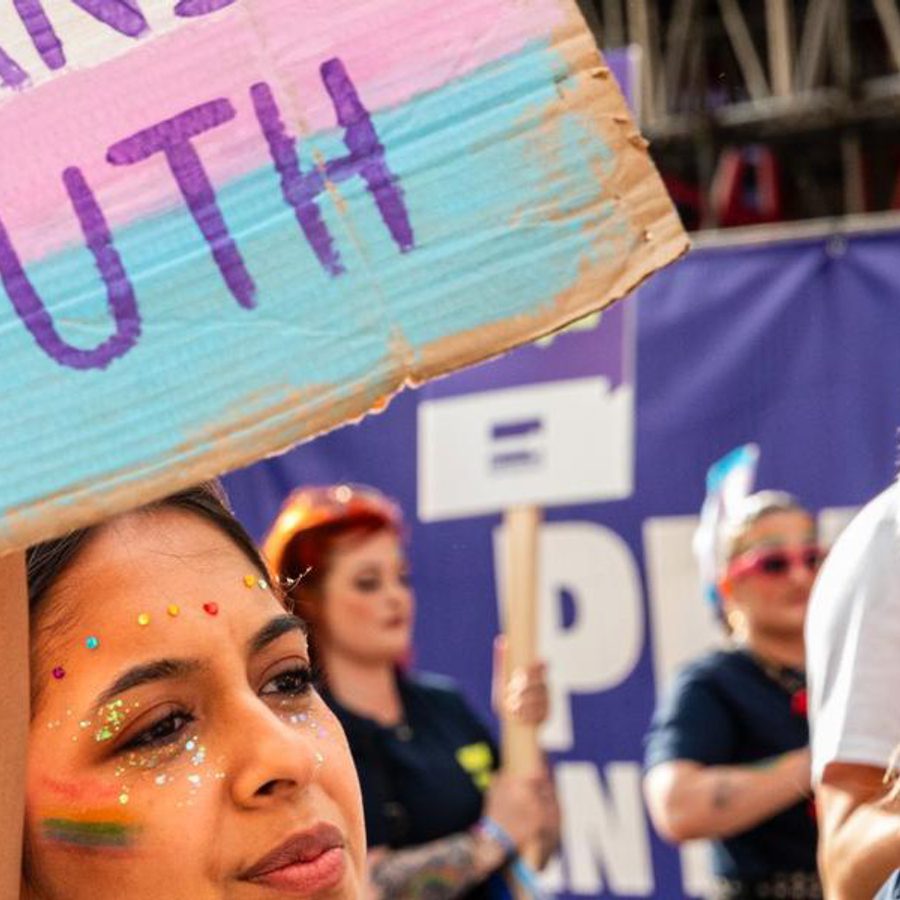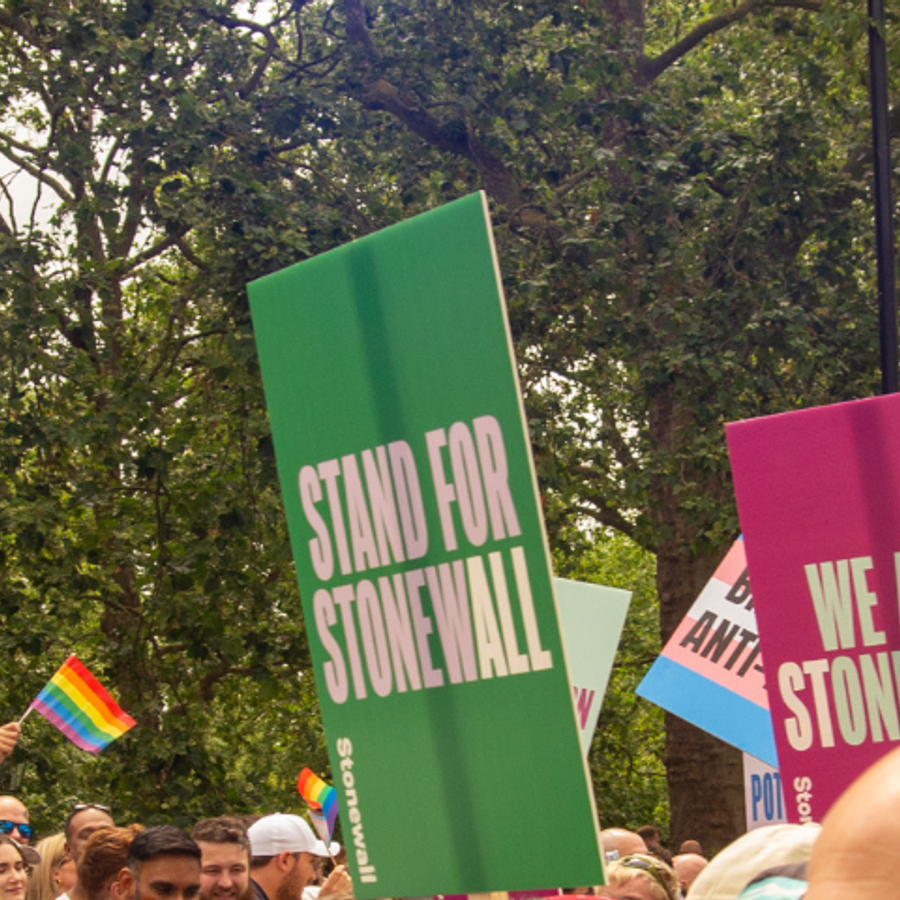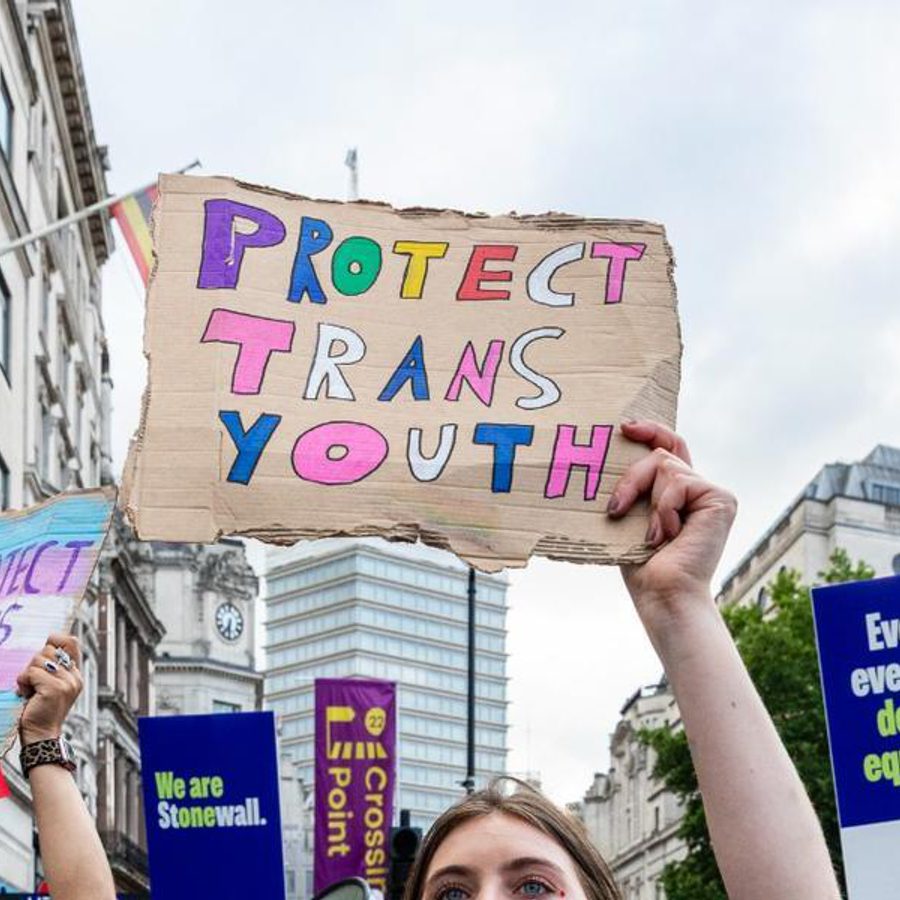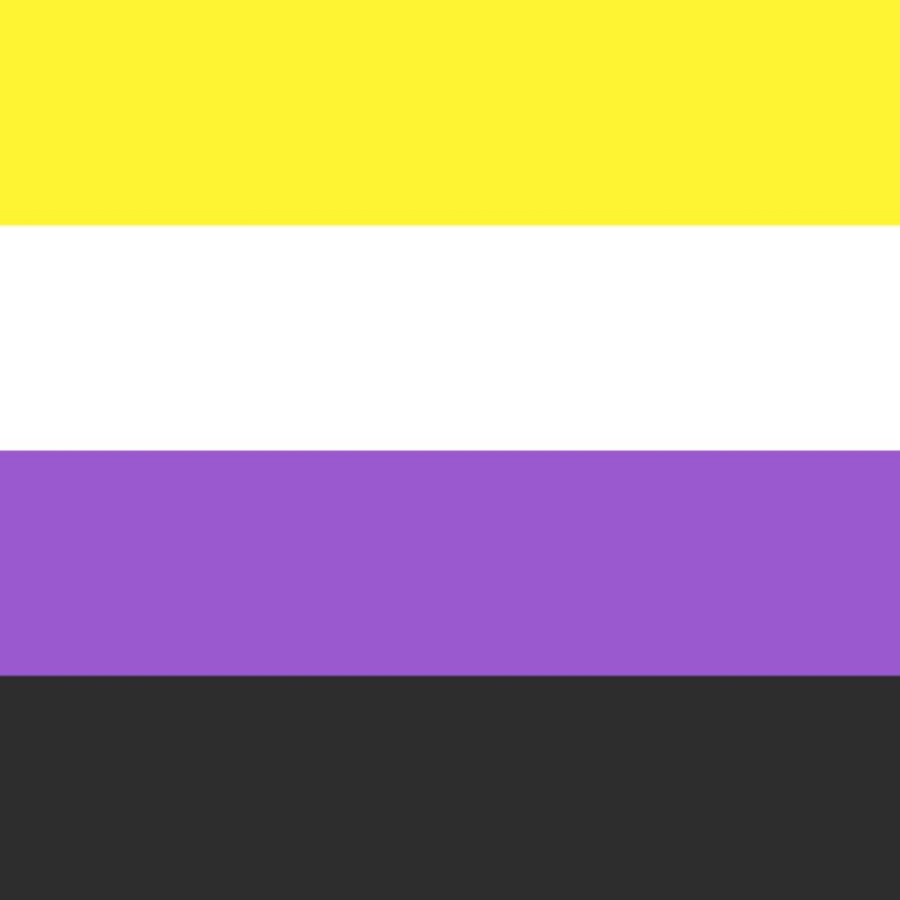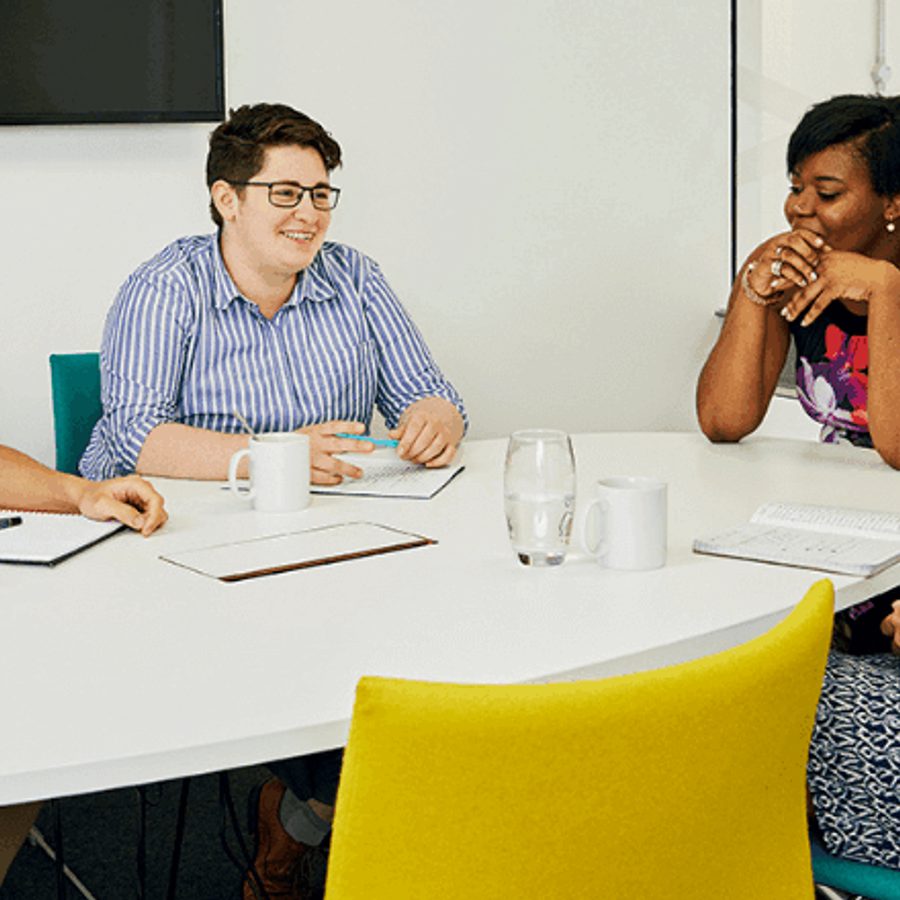
Trans hub
Learn about trans lives and inclusion
At Stonewall, we work to raise awareness of the discrimination and challenges faced by trans people in the UK and beyond. Our resources share lived experiences, practical guidance and insights into how we can all help create a more inclusive society.
Hear and learn from the trans and non-binary community
Personal stories and interviews from trans individuals offer powerful perspectives on their journeys, plus helping to build understanding and empathy.
Keep up to date with the latest news on trans rights, alongside practical advice on allyship. Whether at home, at work, or in your community.
Additional LGBTQ+ resources
In addition to trans and non-binary specific guidance, we offer a wide range of resources to support understanding across the LGBTQ+ community, such as a glossary of LGBTQ+ terms, LGBTQ+ facts and figures and support services. These resources are designed to help everyone gain knowledge, challenge misconceptions and create more inclusive environments.

